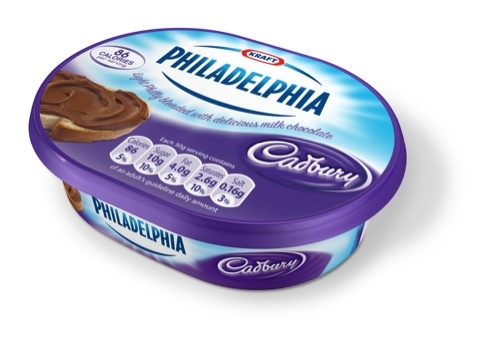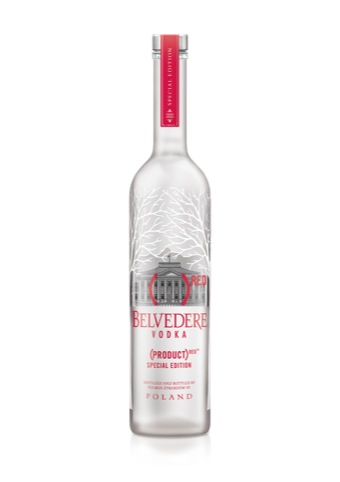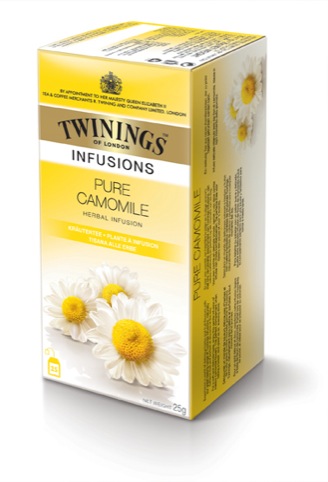News Analysis – How to make global projects work for local markets
Working on a design project for worldwide audiences can be fraught with difficulties – while one colour may signify luck to one nationality; it may mean something quite different to another. Similarly, with food products – tastes and preferences, obviously, vary enormously between different countries and even regions. Hilarious linguistic gaffs are another story entirely – take France’s Pschitt soda, Italian Mukk yoghurt or Germany’s Zit lemonade, for instance.
So how do consultancies tackle international briefs and ensure projects can be tailored to local markets? and how do you make sure your designs resonate in the country they will launch in?

Recently Holmes & Marchant created a new variant of Philadelphia cream cheese for the UK market – the Philadelphia Cadbury product, which blends Philadelphia Cream cheese and Cadbury’s chocolate. For Germany, however, the cheese will be branded with Milka Chocolate.
Simon Gore, Holmes & Marchant managing director, says, ‘Food as a category is still quite locally orientated. It’s linked to recipes, ingredients and lifestyle – how families eat together and different ways of cooking.’
As well as its base in the UK, Holmes & Marchant has a Singapore office, with a core team of British designers working with designers from India, Singapore and other areas to represent the regions the projects reach.
Gore says, ‘With global brands that we work on, we operate the old “global local” argument about how people organise their brands.
‘At the briefing stage one of the important things to ask is what territories we’re talking about, and that’s strongly related to the target market. We talk about future-proofing brands, which is particularly important for naming and sub-brand names. Taking something across Europe, it’s very difficult to get something that’ll engage on a local level.’
Gore points to the success of Unilever-owned Wall’s Ice cream, which is unified globally by its iconic heart device, but uses a different name for each country – such as Frigo in Spain, Good Humor in Canada and the US, Miko in France and Morocco and Eskimo in Solvenia, Croatia and Austria.
The internet, of course, has in many ways made the world a much smaller place. While UK-based designers can research remotely in the hope of understanding global markets, ultimately, common sense says that actually visiting the places- or sending out representatives will be a far more likely way to achieve success.
Gore says, ‘Don’t go and develop in an ivory tower with a global team that sits far away.’

BrandOpus also face similar challenges in their work on global brands, such as Twinings tea. Nir Wegrzyn, managing partner at BrandOpus, agrees with Gore.
‘It’s about unifying language and common philosophies to have any conversation,’ he says. ‘Context and cultural meanings are important – you have to send out experts, go to the market and listen very carefully, otherwise it’s very easy to become arrogant.’
BrandOpus and Holmes & Marchant both say that a key part of their research involved sending people into foreign supermarkets in other countries to look at the shelves, gaining a real feel of their products’ markets.

Wegrzyn says. ‘You have to see the context. You have to unify them without compromising – otherwise it some across as colonialism.’
The key to creating a successful global brand, according to Wegrzyn, is in the initial strategic positioning. ‘The brand has to think globally’, he says. ‘The question is about the way the brand structures its values – if it’s willing to have universal values we can give it a universal look and feel.,’ he says.
Only then, he believes, can the brand’s success be heightened through visual devices such as the colour palette, visual identity and imagery.
Gore says, ‘You have to be aware of colours and semiotics. Purple is the colour of death in Thailand, but here it’s used for chocolates. With colour, there are different category rules for different products – you have to follow that but you also have to make it stand out.’
However, Gore believes that a brand’s global reach can only ever be achieved by a brilliant product – no matter how strong the strategy, positioning and design. He says, ‘ultimately you’ve got to have good products that are consistent.’
While BrandOpus and Holmes & Marchant work on projects that often aim to unite their global audience in a single identity, Red Bee Media’s on-screen identity work for channels in other countries, such as India, specifically cater to their target audience in a way that would likely alienate viewers in other countries.
Ian Wormleighton, Red Bee creative director, says, ‘Here, it’s about “less is more” – it’s a mark of elegance and sophistication but in India and the Middle East it means you’re poorer. There, more is more – it doesn’t make it wrong, it’s just different.’
He adds, ‘Unlike food packaging, where you can sell the same biscuit to any nation, people consume TV in different ways in different countries, so by its nature it’s more culturally insular.’
Wormleighton points to an example of a Dubai-based project as highlighting the importance of visiting the country to understand its audience and ‘flavour’ . Wormleighton feels the reason Red Bee won the project was simply as they had visited Dubai as research, while the consultancies they pitched against hadn’t.
‘Just by having been there I knew what they’d done wrong,’ he said. ‘When you’re pitching, people want to buy somebody’s understanding of the culture.’
Though this works for identities that are very nationality-specific, other Red Bee projects, such as work for the Discovery Channel, still have to appeal to a worldwide audience – though Wormleighton admits this can, understandably, be difficult.
‘In reality you can’t please everybody all the time’, he says.
-
Post a comment




